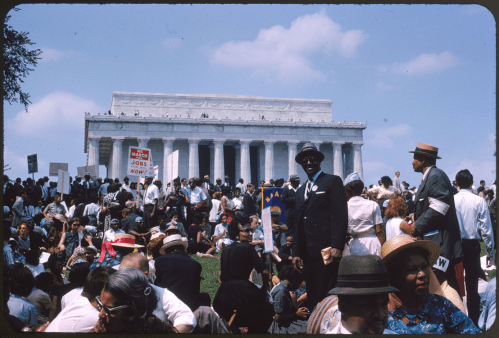Following last night’s much-anticipated immigration announcement, today President Obama travels to Las Vegas to rally supporters and sign the executive actions that, among other things, make temporary work permits and protection from deportation available to the parents of U.S. citizens or legal permanent residents with at least five years in the country (known as Deferred Action for Parental Accountability, or DAPA). An estimated 4 million people may be eligible.
But what happens today in Las Vegas won’t stay there; it will ripple across the country as immigrants have spread out to cities and suburbs around the United States. People and places that stand to benefit from this announcement now have a better idea of what is required to qualify and have about six months to prepare. For applicants, proving eligibility is where the rubber meets the road.
In many respects, Deferred Action for Childhood Arrivals (DACA), also an administrative action, has been a test run for this broader initiative. Applicants have used a wide range of methods to document their time in the United States, and there will likely be a push to get these materials from many sources. Municipal actors can prepare themselves for some specific requests.
From our work in the field, we know school enrollment records are important for documenting continuous presence, and we expect parents requesting the deportation relief will rely on similar documents.
Some places have successfully streamlined the record request process in schools. The New York City Department of Education posted detailed guidance online on how and what type of records applicants should request, and the Los Angeles Unified School District created an online request system for DACA applicants. San Diego Unified School District opened a specific DACA Office where former students can make an appointment to request their records. And the Chicago Office of New Americans designed a “how to read Chicago Public Schools records” resource to help federal authorities interpret the often-confusing records.
Overall, schools have been the most important provider of proof of residence for DACA applicants. They are also valuable and trusted messengers for immigrant families and will be instrumental in relaying information about eligibility for the new program to parents.
While DAPA and DACA eligibility may overlap for some, many DACA recipients are young. Given that parents, the main DAPA targets, skew older than the DACA eligible, they may find other more useful sources for documentation. State agencies can provide birth certificates and vital records to mothers. Housing and planning offices hold records of homeownership, rental agreements, and property taxes. Health departments, hospitals, and other healthcare providers can provide medical records. Public libraries provide documentation with library cards, and water departments may be able to provide copies of utility bills. Department of motor vehicles and even police departments should be prepared to provide copies of tickets to those who request them.
Assisting in this process are the community-based organizations that have played a crucial role in mobilizing DACA applicants and facilitating records access. They serve as liaisons between agencies and individuals, disseminating information for agencies and representing the interests and needs of applicants. These organizations will remain important resources for municipal actors moving forward.
Relatively new to the scene, but with an important role to play are city or state offices of new Americans or immigrant affairs, found in cities like Seattle, Chicago, San Francisco, Los Angeles, and New York City and states like Michigan and Massachusetts. These offices can centralize information about accessing records across municipal agencies and encourage agencies to prepare for increased requests. Localities without specific immigrant-serving offices should consider implementing a municipal website that consolidates information about which records agencies keep and how to access them.
As the reality of executive action sets in over the coming weeks, cities, counties, and states should look to the experience of places with large numbers of DACA applicants so they can hit the ground running when the application process opens in 2015.


Commentary
How Places Can Make the Executive Actions on Immigration Work
November 21, 2014